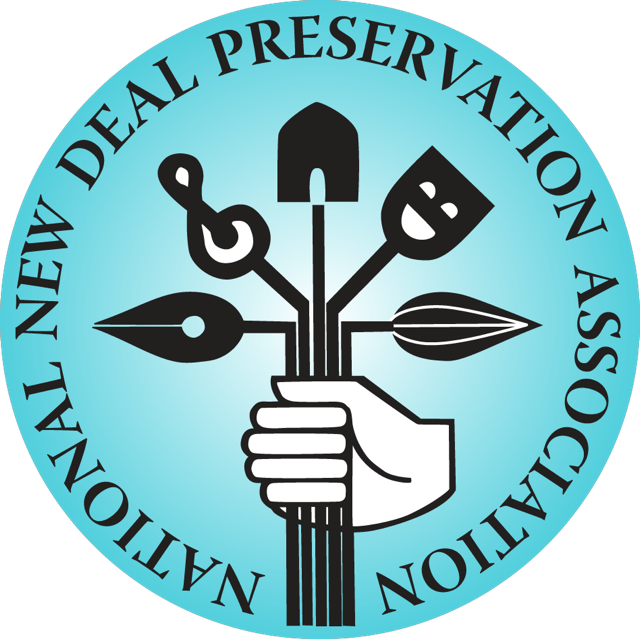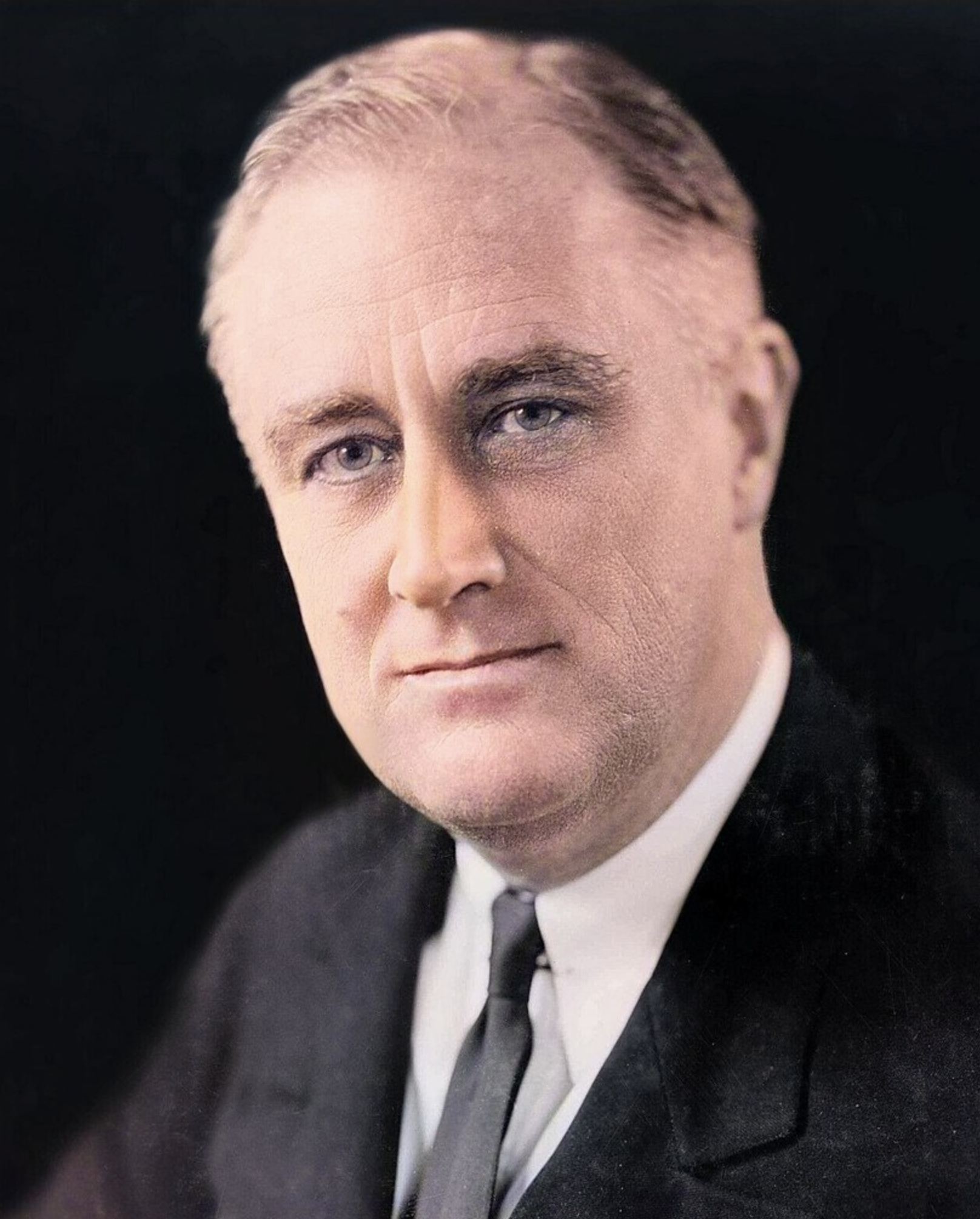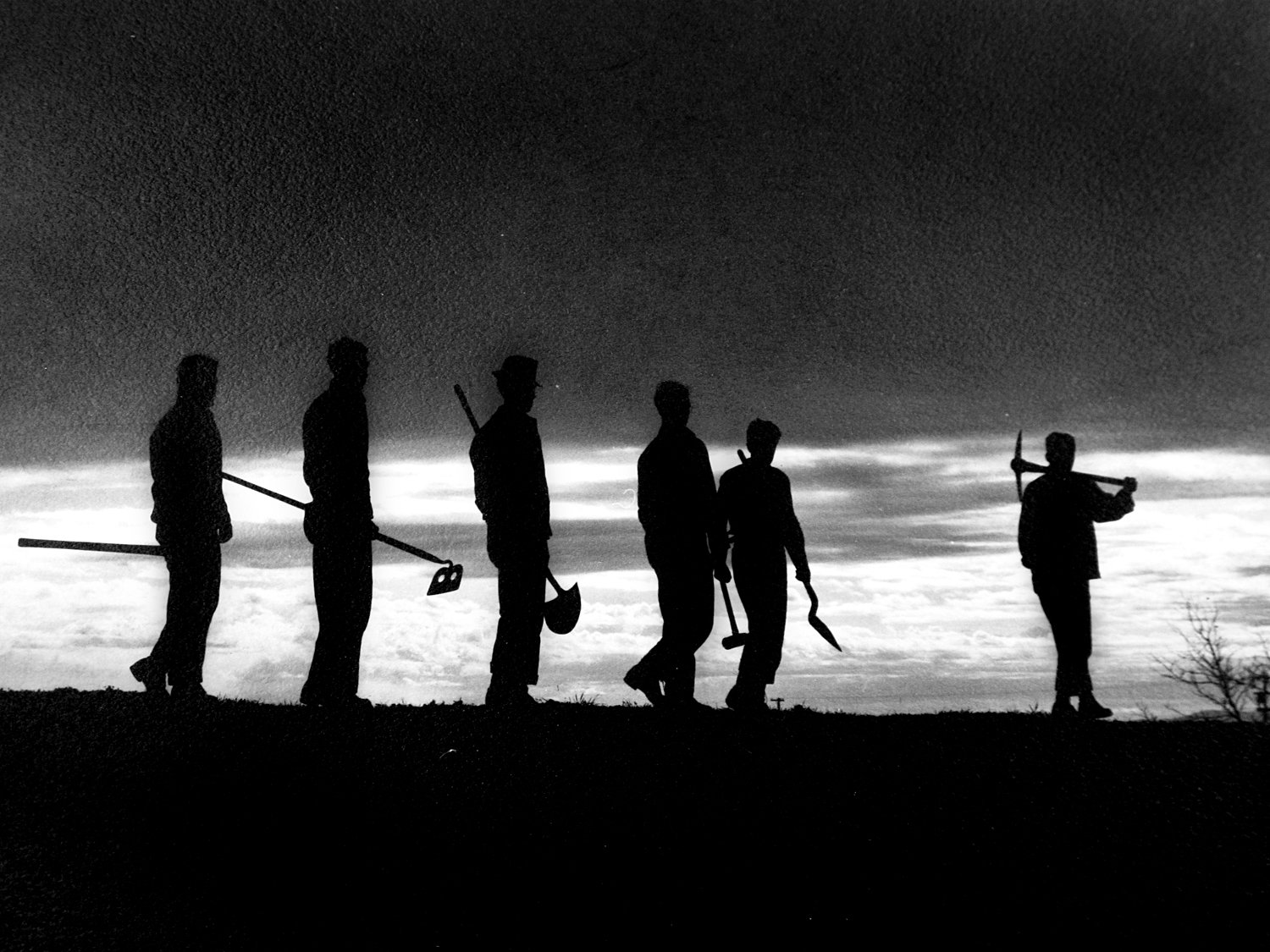
The test of our progress is not whether we add more to the abundance of those who have much; it is whether we provide enough for those who have too little.
- Franklin D. Roosevelt, Inaugural Address, January 20, 1937
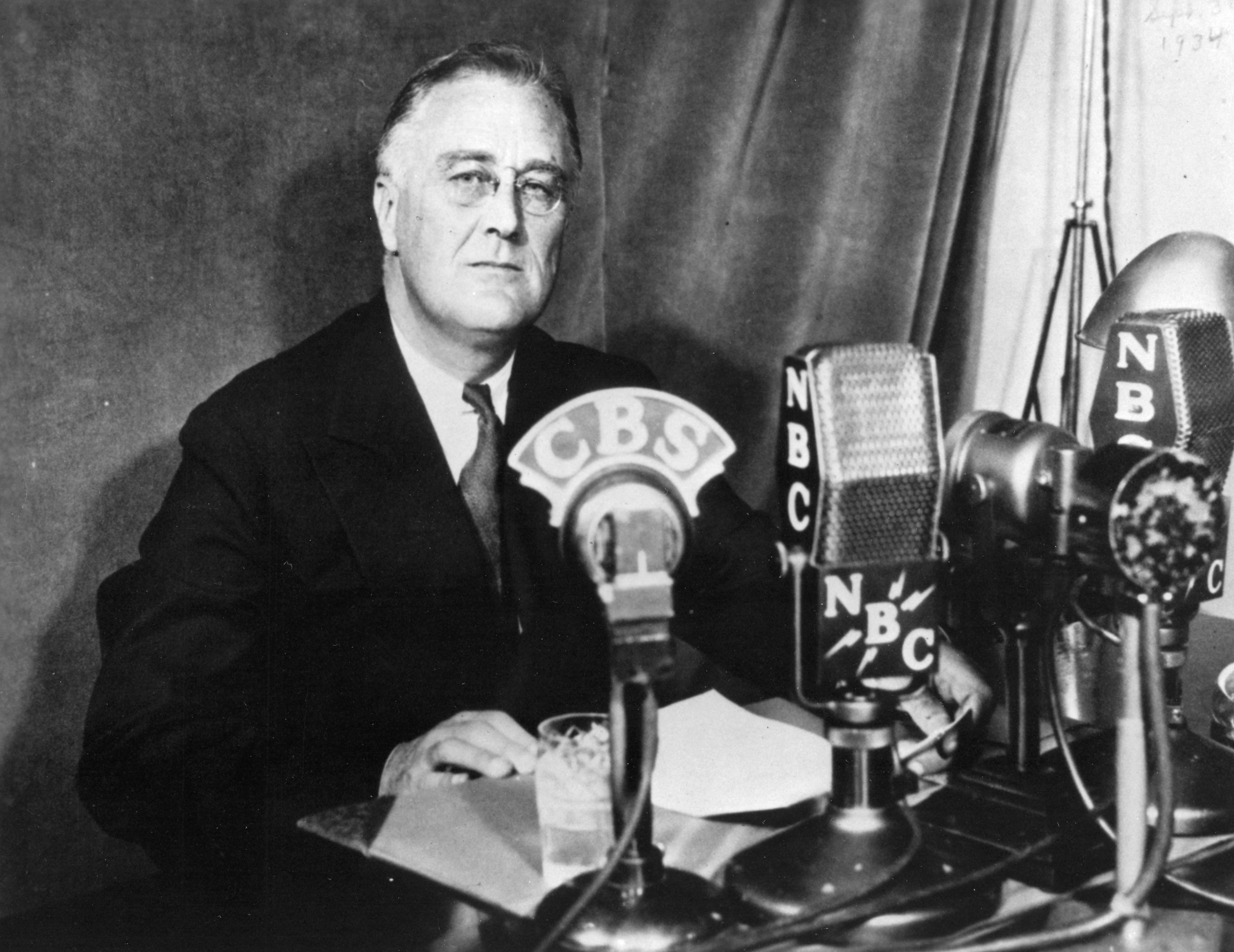
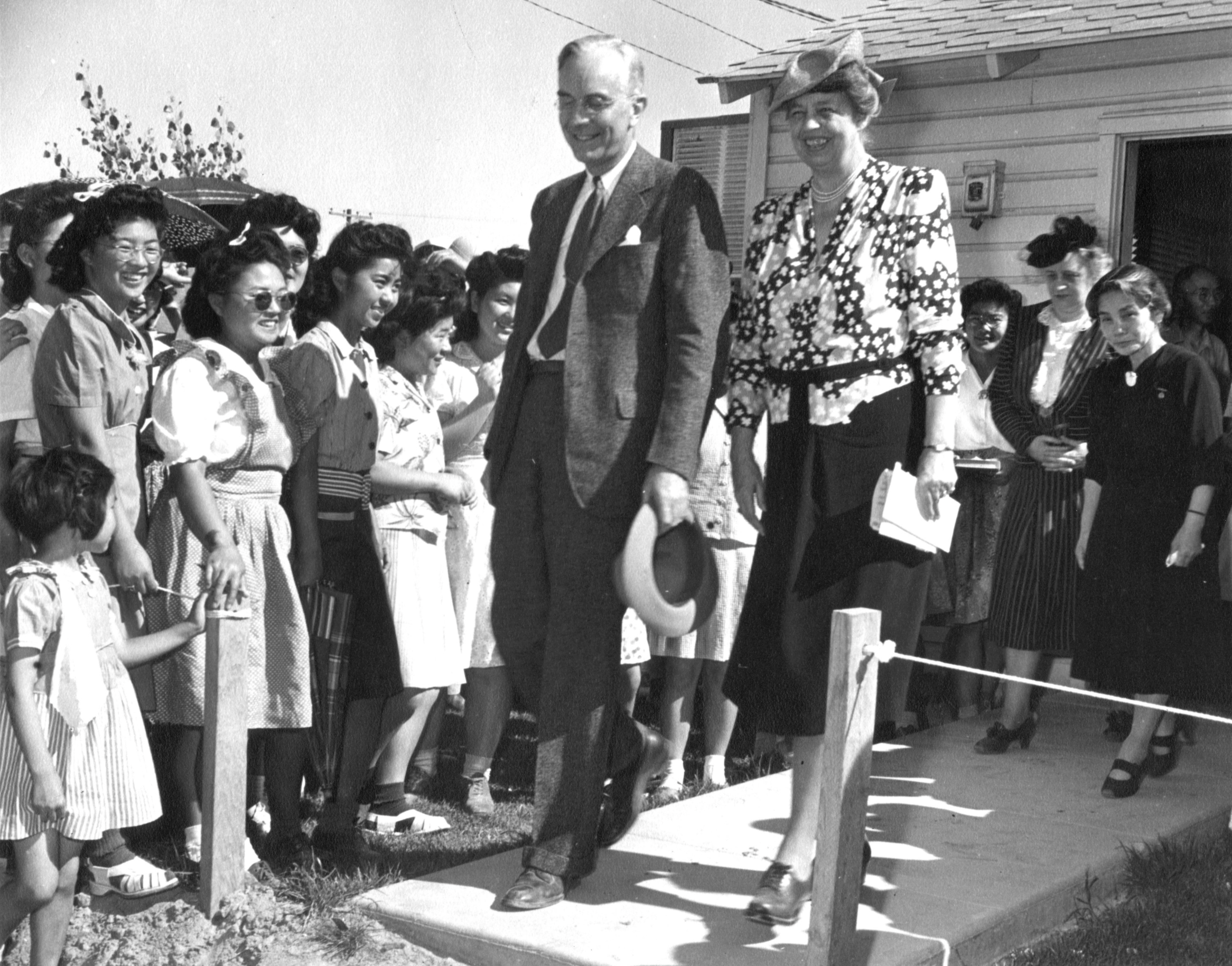
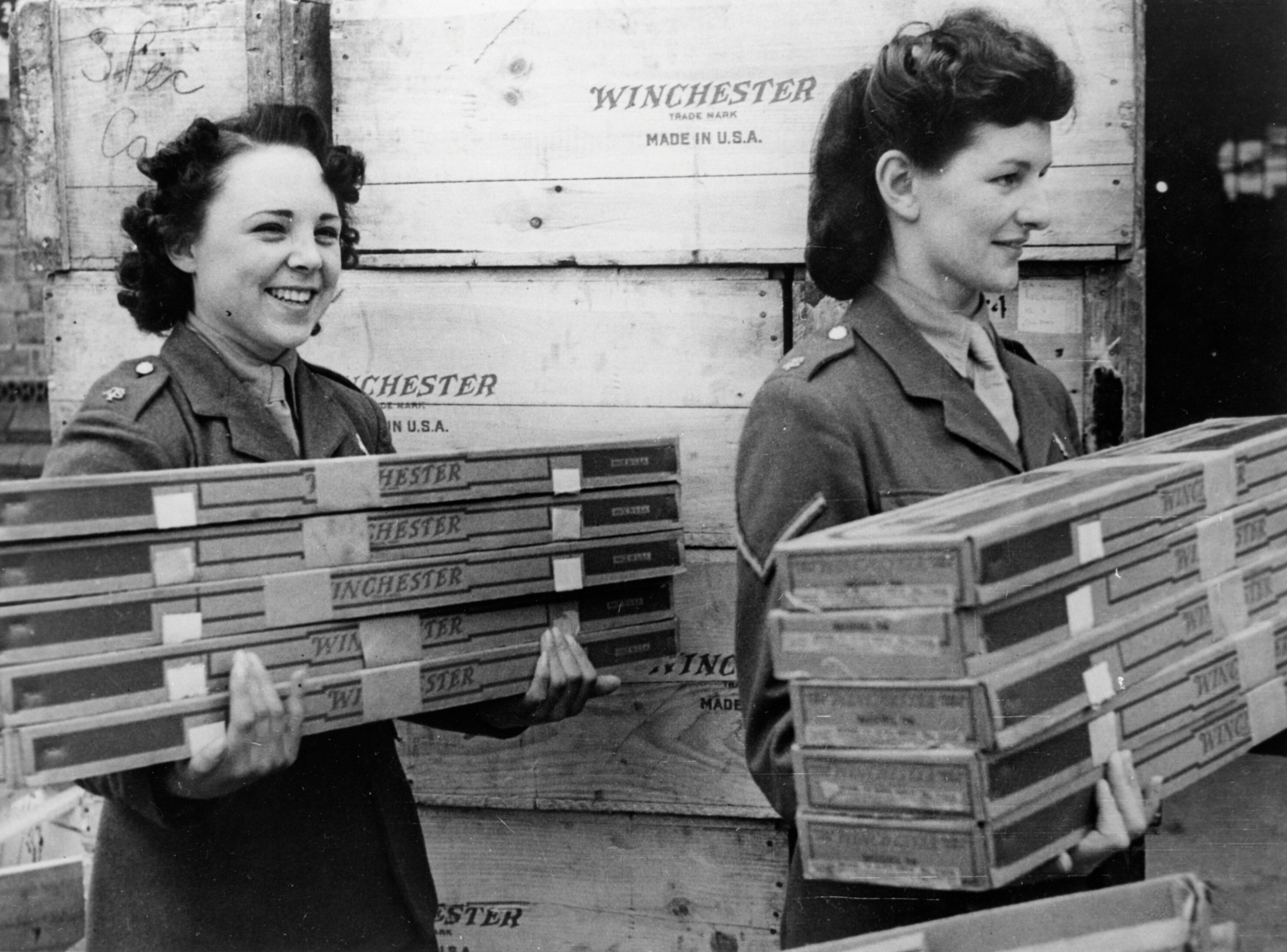

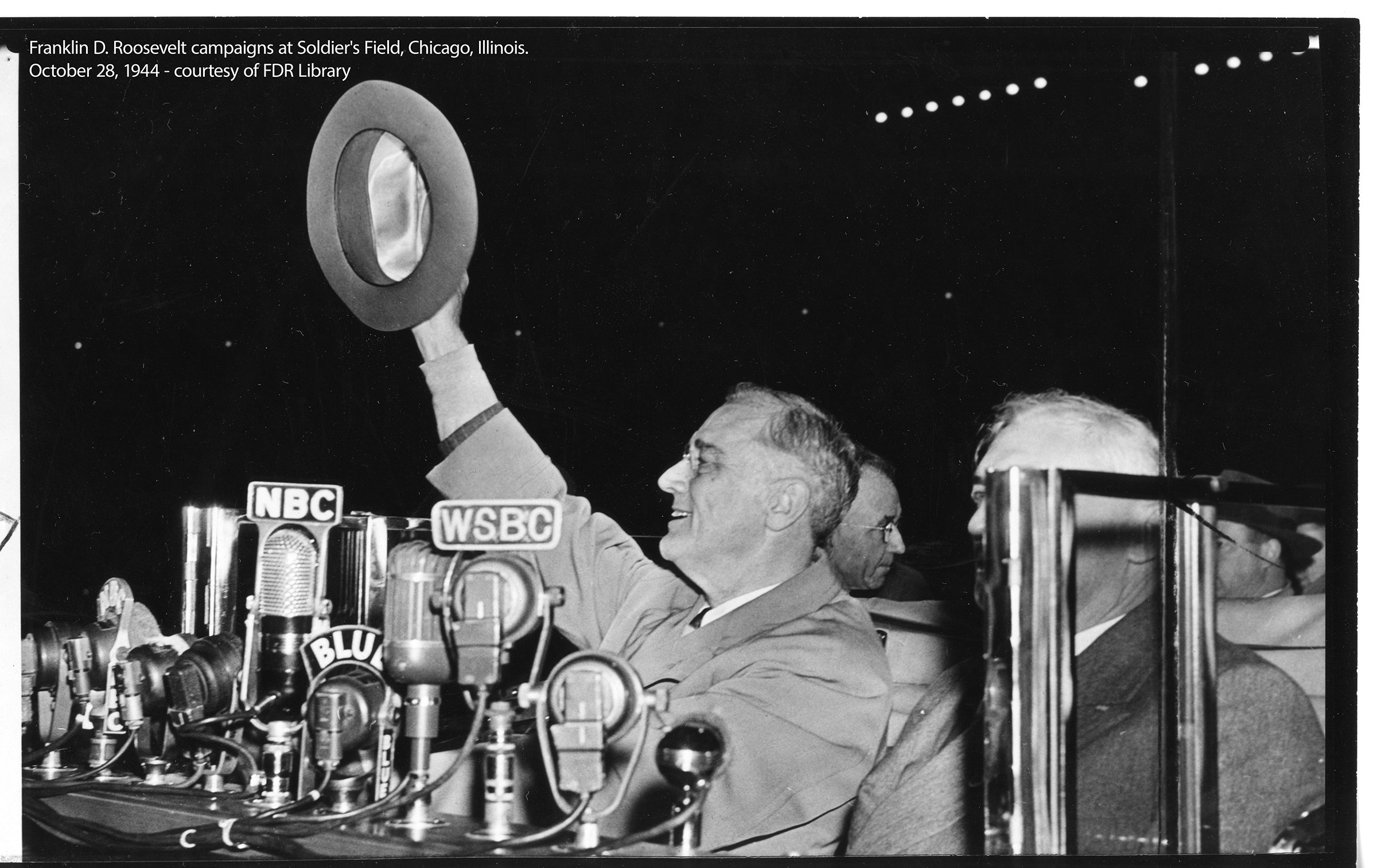
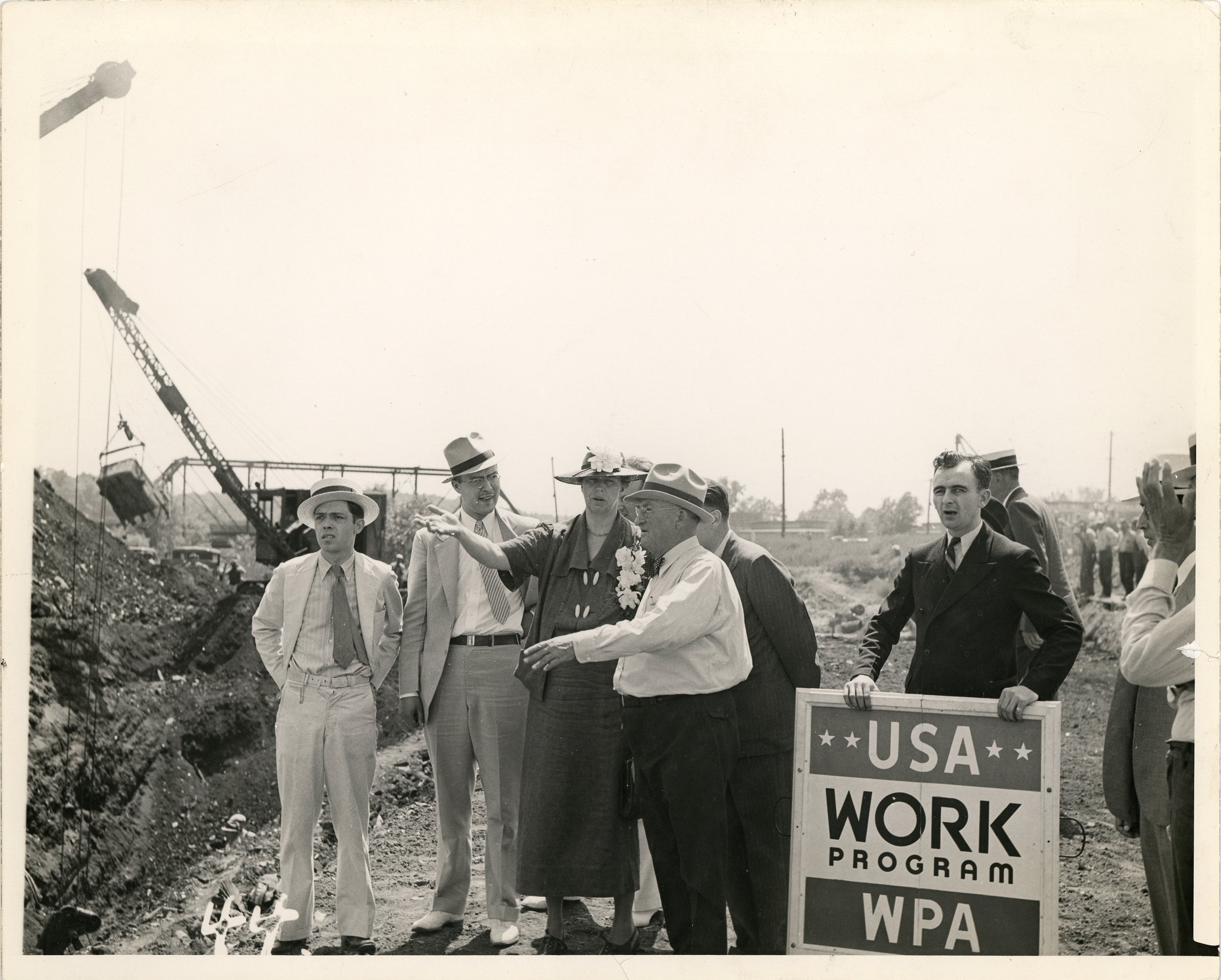

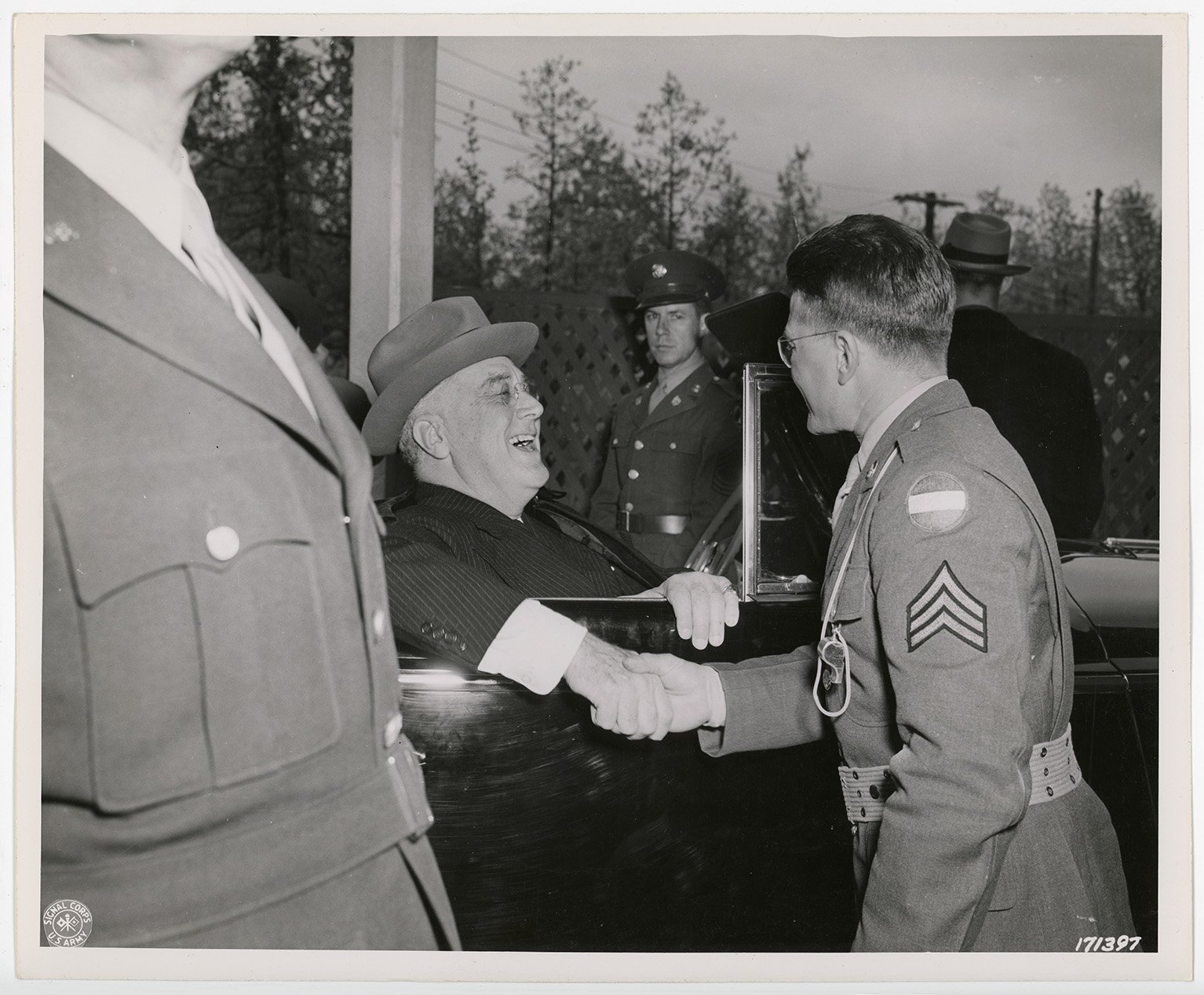
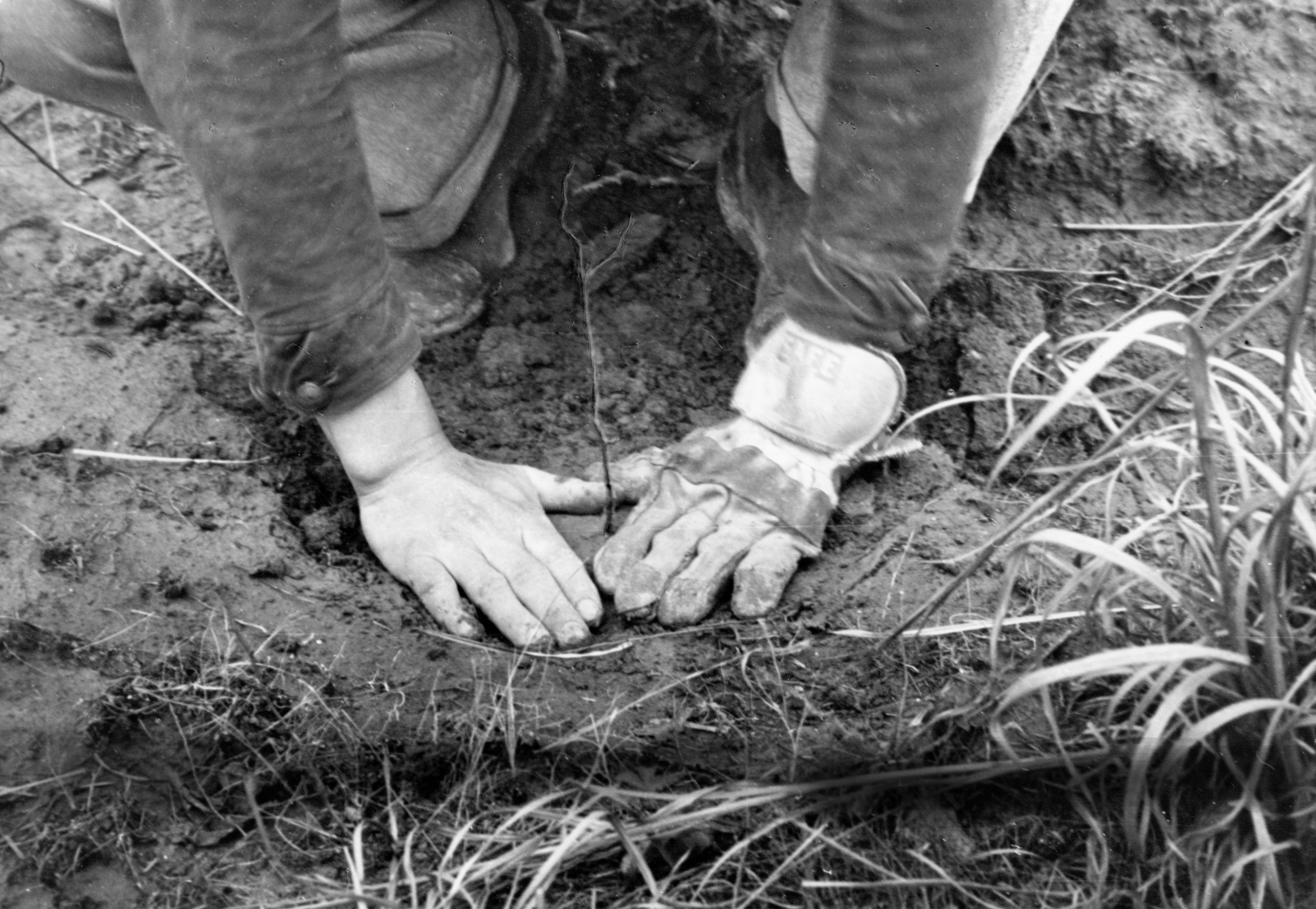

Order our books
Order our books
1933-1943
The New Deal was a national effort undertaken, in 1933, by President Franklin D. Roosevelt’s administration to address the severe economic effects of the Great Depression. The New Deal created myriad national programs, agencies, and federal legislation that focused upon relief, recovery, and reform for Americans.
Much of the New Deal legislation was enacted within the first three months of Roosevelt’s presidency (March 9–June 16, 1933), which became known as the Hundred Days. The new administration’s first objective was to alleviate the suffering of the nation’s huge number of unemployed workers by creating a variety of work programs that could employ laborers (both skilled and unskilled), professionally trained folks and talented artists, musicians and writers.
Some of those programs were the: Works Progress Administration (WPA), Civil Works Administration, Civilian Conservation Corps (CCC), National Youth Administration, the Rural Electric Administration, Social Security Administration program, New Deal’s Federal Deposit Insurance Commission (FDIC), and the Farm Security Administration, which hired photographers such as Dorothea Lange to document this era in history.
Under the WPA umbrella were projects such as the Federal Art Project, Federal Writers’ Project, and Federal Theatre Project. While CCC projects focused on national conservation such as planting trees, building flood barriers, fighting forest fires, and maintaining forest roads and trails.

What the New Deal Gave America

Our Mission
The National New Deal Preservation Association (NNDPA) was created in 1998 thanks to individuals from various Secretary of State offices representing various states nationwide who came together in Santa Fe to discuss all the New Deal accomplishments that were still serving Americans in their individual states and concern that all of those sites needed to be preserved, conserved or restored.
Some of those present ended up as part of the first Board of Directors of the newly formed non-profit organization and the current Boards of both groups continue to work hard to carry out the established mission. Other chapters were developed in other states but only one other NNDPA chapter still exists in Colorado Springs, CO.
Our national organization is always ready to help other chapters get started and the current board has a number of members that specialize their knowledge in the various ND projects. Since NNDPA started, four other “sister organizations” with similar New Deal goals exist in California, Maine, NY City and Chicago. All are in communication with the Roosevelt Presidential Library in Hyde Park, NY.
Image by Edith Hamlin, Coit Tower Mural
Kathryn Flynn,
Executive Director of The National New Deal Preservation Association (NNDPA), explains how New Deal programs developed employment, policy, laws, and enduring positive change in areas as diverse as economic stimulus, financial reform, relief and welfare, public works and infrastructure, arts and culture, and environmental conservation.
The legacy of the New Deal continues to be an inspiration and model for the essential partnership between federal, state, and local governments, as well as the American people.
